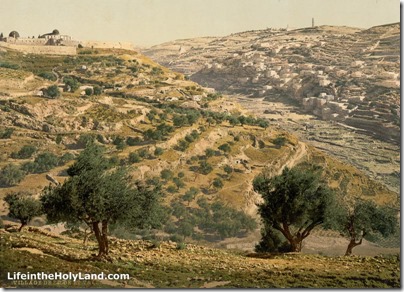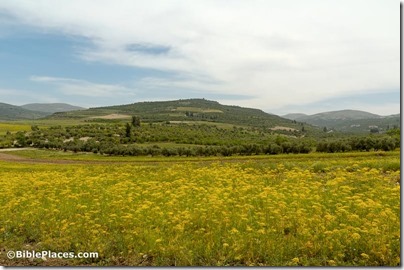The NIV Zondervan Study Bible is being released today. The successor to the best-selling study Bible will likely quickly become a best-seller itself, especially since it was written under the direction of D. A. Carson, one of the most well-known and well-liked evangelical scholars today.
I’m excited about it for all of the reasons you’ll read on other sites and reviews, but it was also a privilege to have been invited to contribute. I wrote the notes on 2 Kings, a book I have studied in great depth for the last 25 years. The editors also selected 50 of our favorite images from the BiblePlaces.com collection.
My parents gave me the first NIV Study Bible when I was a teenager and I carried and read it through high school and college. I use it today when teaching in the classroom (preferring a smaller Bible when teaching on the field). This all-new edition is now even more personal.
Here are a few of the books and contributors I expect to be extremely valuable:
- Genesis 12–50: T. D. Alexander
- Judges: K. Lawson Younger
- Psalms: David M. Howard Jr.
- Proverbs: Bruce K. Waltke
- Isaiah: John N. Oswalt
- John: D. A. Carson
- Romans: Douglas J. Moo
- Galatians: Stephen Westerholm
- Philippians: Simon J. Gathercole
- Hebrews: Buist M. Fanning
And there are many inviting articles, including these:
- The Story of the Bible: How the Good News About Jesus is Central, by Timothy Keller
- A Biblical-Theological Overview of the Bible, by D. A. Carson
- The Glory of God, by James M. Hamilton Jr.
- Sin, by Kevin DeYoung
- Sonship, by D. A. Carson
- Holiness, by Andrew David Naselli
- The Gospel, by Greg D. Gilbert
I haven’t held the Bible in my hands yet, but to judge from the editors, the editorial process, the contributors, and the goal, I expect this to be an outstanding work that will benefit many for decades to come.
What distinguishes this study Bible from the many others? Carson notes five characteristics in the preface. Here’s a portion of the first and last.
So what characterizes this NIV Zondervan Study Bible? First, in common with the best study Bibles, all our contributors revere Scripture as the Word of God and joyfully bow to its authority. Our desire is not so much to be masters of the Word, as to be mastered by it. That shapes how we approach the text and how we write about it. Our aim is to bring glory to God by helping people think his thoughts after him, and to bring understanding and edification to his people as they do so.
[…]
Finally, this study Bible emphasizes biblical theology. By this we mean that instead of focusing primary attention on how the Bible as a whole addresses many questions (which is what many people mean by “systematic theology”), we have tried to highlight the way various themes develop within the Bible across time.
This emphasis upon biblical theology was the part I enjoyed the most as I wrote the notes on 2 Kings.
Providing the dates of each king is important, but I relished showing how the Bible fits together through God’s faithfulness to his promises as all things move toward the glorious consummation.
The Bible is available in print, personal, Kindle, and Logos formats. The print version comes with a free digital version as well. You can see a video preview as well as a 180-page sample at the official website.



